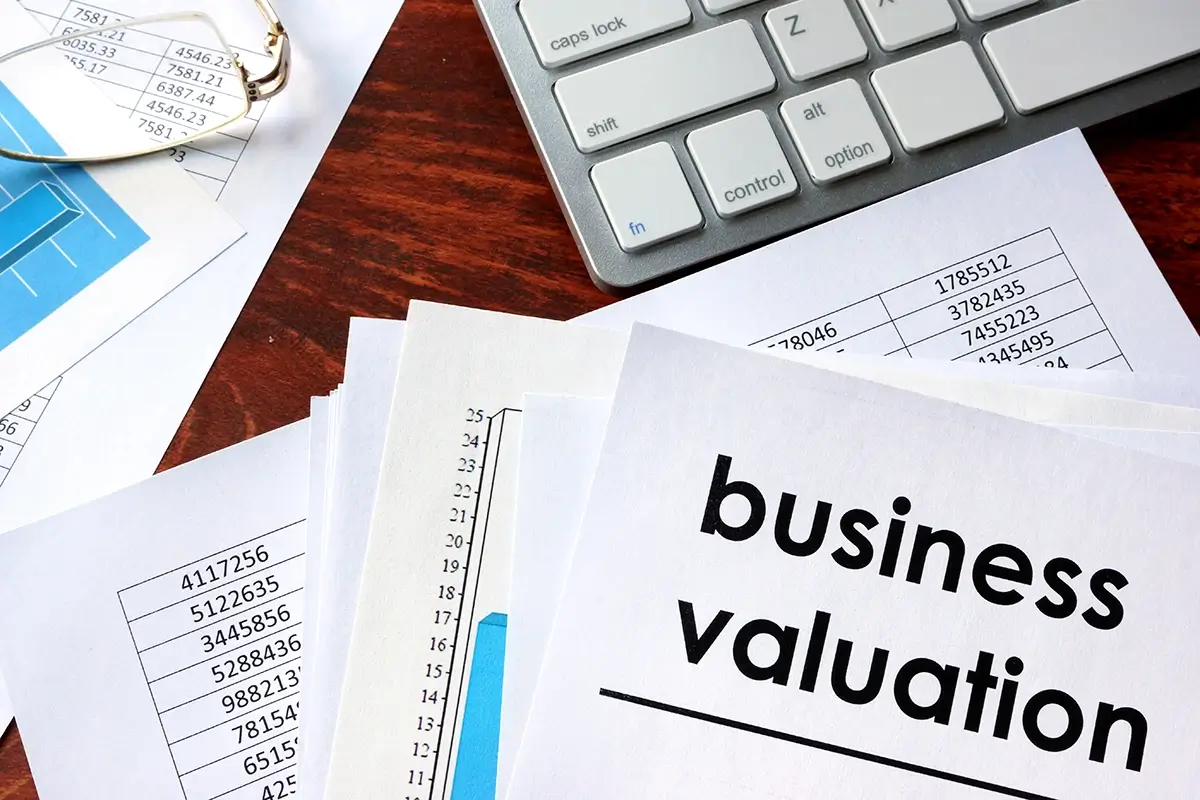To figure out how much money a business needs to make to keep ‘in business’ seems like it would be obvious. However, when you add costs of employees, benefits, losses, insurance, a mortgage or rental costs, it can get overly complicated. If you are selling services or products with differing cost structures, it can be difficult to calculate the break-even point. Of course, having inaccurate financial data will get your business nowhere near that calculation, so check your numbers.
What You Need to Calculate the Break-Even Point
#1 Overhead Costs
Overhead costs are what your business expends whether you sell any of your products and services or not. This is typically counted on a monthly basis. Examples of overhead costs are insurance, payroll admin, marketing, rent/mortgage, and that’s just the beginning. Add up every dollar that you spend each month to get a total overhead cost. Many businesses will not include marketing as an overhead cost, but it’s important to include this since it helps to drive the business!
#2 Gross Margin
Gross Margin is calculated by subtracting your goods or services sold from your total revenue and then dividing that by the total revenue. Gross profit margin is an indication of the financial success and viability of a particular product or service. The higher the percentage, the better the company retains on each dollar of sales to service its other costs.
#3 Balance Sheet Payments
Balance sheet payments are things that you must pay for each month that are not classified as an expense. They are liabilities that the company is obligated or indebted to pay – perhaps a past debt, promissory note, shareholder or investor payments, or other miscellaneous payments that are not included in costs to run the business.
Break-Even Point Formula
Once you have your data, which should be accurate and up to date, use the break-even formula to get your results
(Overhead Expenses + Balance Sheet Payments) / Gross Margin = Break-Even Point
After you figure out your break-even point, you may experience a cycle of just barely meeting your expenses. Essentially you are living on the brink of a closing business and to thrive in this world, business owners cannot live paycheck to paycheck, nor can the employees. It’s a real, rude awakening to see that you are just covering basic expenses.












